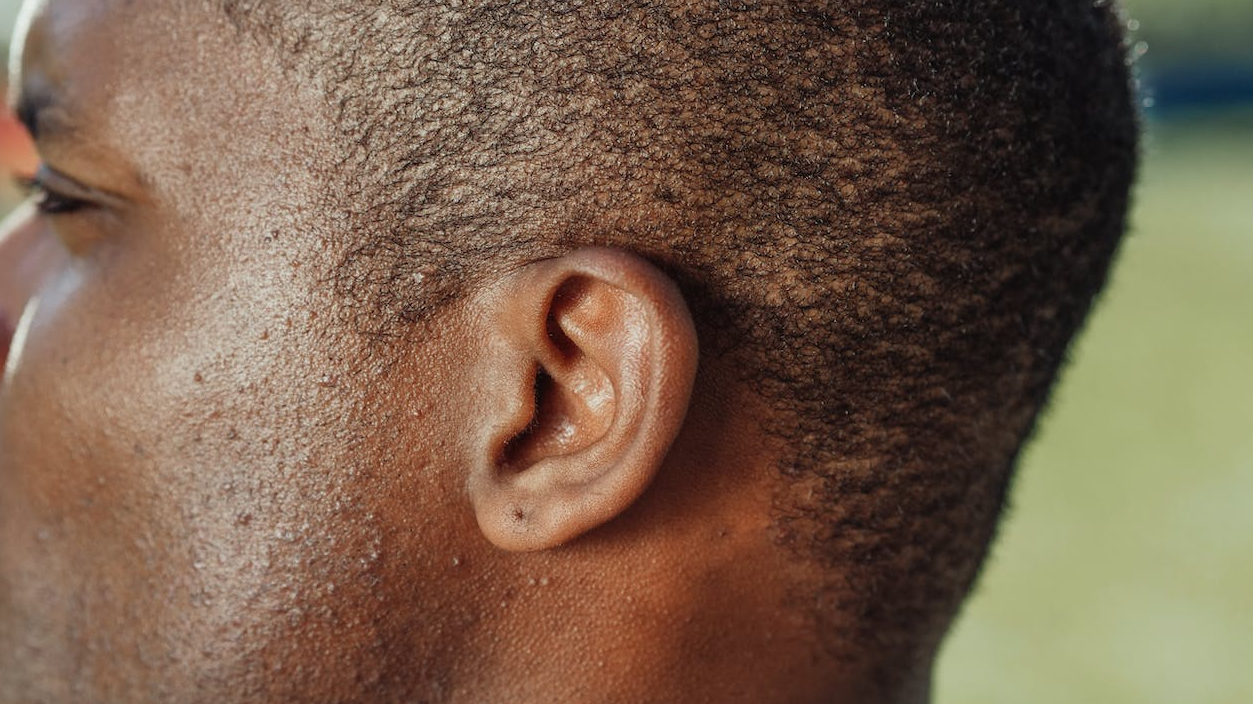What You Need to Know to Prevent Earwax Buildup
Everyone has earwax, but for some, too much of this natural bodily substance can become more problematic than do its intended good.
According to the Cleveland Clinic, earwax buildup causes blockage in about 10% of children and 5% of adults worldwide. Despite being a necessary part of the ear’s self-cleaning process, earwax that has built up excessively can be a source of embarrassment, cause painful earaches, and even tamper with your hearing.
When you learn how to take preventative measures against earwax buildup, you can help keep your ears healthy, clean, and working at their maximum capacity.
What Causes Earwax Buildup?
Cerumen, more commonly known as earwax, works to protect the ear from foreign particles, dust, and any microorganisms that can cause infection. Under normal circumstances, the body regulates the earwax removal process entirely, and the wax naturally finds its way out of the ear canal and into the opening, where it can then be washed away.
When the ears can’t dispel earwax at a regular pace, buildup occurs, commonly causing blockages that lead to temporary hearing loss. This is most often the case for people prone to producing too much earwax, but it can also result from:
- Dry or hard earwax
- Excess ear hair
- Narrow ear canals
- Cotton swabs, bobby pins, or other objects used to remove earwax
Do headphones cause earwax buildup?
One common belief is that headphones cause earwax buildup. According to Debrox, keeping headphones in your ears for an extended period of time prevents earwax from draining naturally. In extreme cases, the bacteria and dirt that headphones carry can cause an infection on their own, and earwax buildup may trap the dirt in the ear and block the canal completely.
While headphones can significantly contribute to earwax buildup, they also aren’t a direct cause, and cleaning them frequently can be the trick to bypassing complications. When inserting or removing headphones, you should also be sure to keep a gentle hand and avoid twisting or turning them, as this could push the wax deeper into the ear and cause blockage.
How to Avoid Earwax Buildup
Stay away from cotton swabs
Many people think they’re cleaning their ears when they twirl a cotton swab in the canal, but this couldn’t be further from the truth.
Using any foreign object that isn’t intended for earwax removal does the unintended of pushing wax deeper into the ear instead of pulling it out, leading to a higher chance of blockage.
Safely cleaning your ears is all about softening the earwax so your body can naturally remove it — not forcibly extract it. Instead of using cotton swabs, paper clips, bobby pins, or any other foreign object to remove earwax, it’s best to stick to gentler, audiologist-approved cleansing methods.
Use ear drops
Using medicated ear drops like carbamide peroxide solutions is one quick and easy DIY way of preventing earwax buildup. These drops can be purchased at most pharmacies and are available without a prescription. By softening and loosening your earwax, ear drops help the wax fall out on its own.
To apply, tilt your head towards the ceiling and use a dropper to administer a few drops into your ear canal. Maintain this position for about three or four minutes to give the ear drops time to penetrate, and follow the same procedure for the other ear.
Repeating the process twice daily for about four to five days is crucial for excellent results.
**Using eardrops is appropriate ONLY when you do not have any issues with the eardrum, i.e., no perforation of or hole in the eardrum, and you have not had any ear surgeries in the past.**
Consider microsuction ear cleaning
If you frequently produce excessive wax, undergoing an ear microsuction for wax removal to prevent and treat buildup is vital. Earwax microsuction is a fast, safe process that utilizes specialized equipment — like a microscope and vacuum — to dislodge and suction wax from your ear canal.
Because the ear is a sensitive and fragile organ, you should visit an experienced audiologist or Ear Nose and Throat physician for your microsuction earwax removal to prevent any damage to your hearing.
**Again, this is only appropriate if you do not have any issues with the eardrum, i.e., no perforation of or hole in the eardrum, and you have not had any ear surgeries in the past.**
Irrigate your ears
Ear irrigation is a suitable earwax removal method if you’re looking to safely flush your ears of any wax or foreign objects. This method uses drops to soften wax, followed by an instrument or specially designed syringe to deliver a saline mixture or sterile water into your ear canal and rinse the area.
Earwax irrigation can be done by your doctor or it can be completed at home using an over-the-counter irrigation kit.
Better Hearing With Associated Hearing Professionals
Excessive earwax buildup can be a frustrating and painful experience, but it can be prevented with the proper knowledge and care. At Associated Hearing Professionals, we understand the significance of maintaining healthy ears and preventing excessive earwax buildup.
As a result, our experienced audiologists offer customized care for a series of problems related to your ears — from hearing examinations to the provision of effective hearing aids — for optimal hearing health.
Fill out our online form more about how our team can help you avoid earwax buildup with the right tips and treatment.

